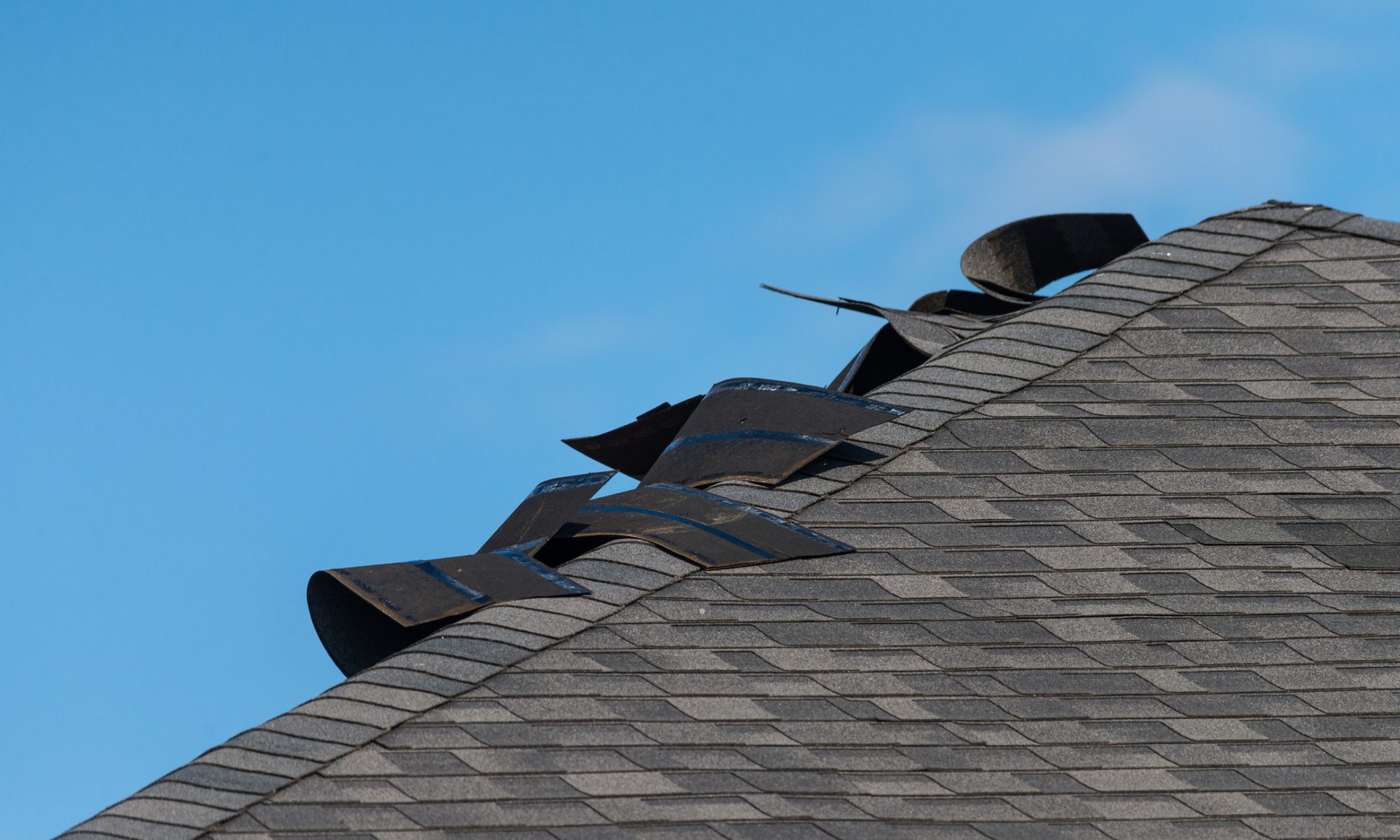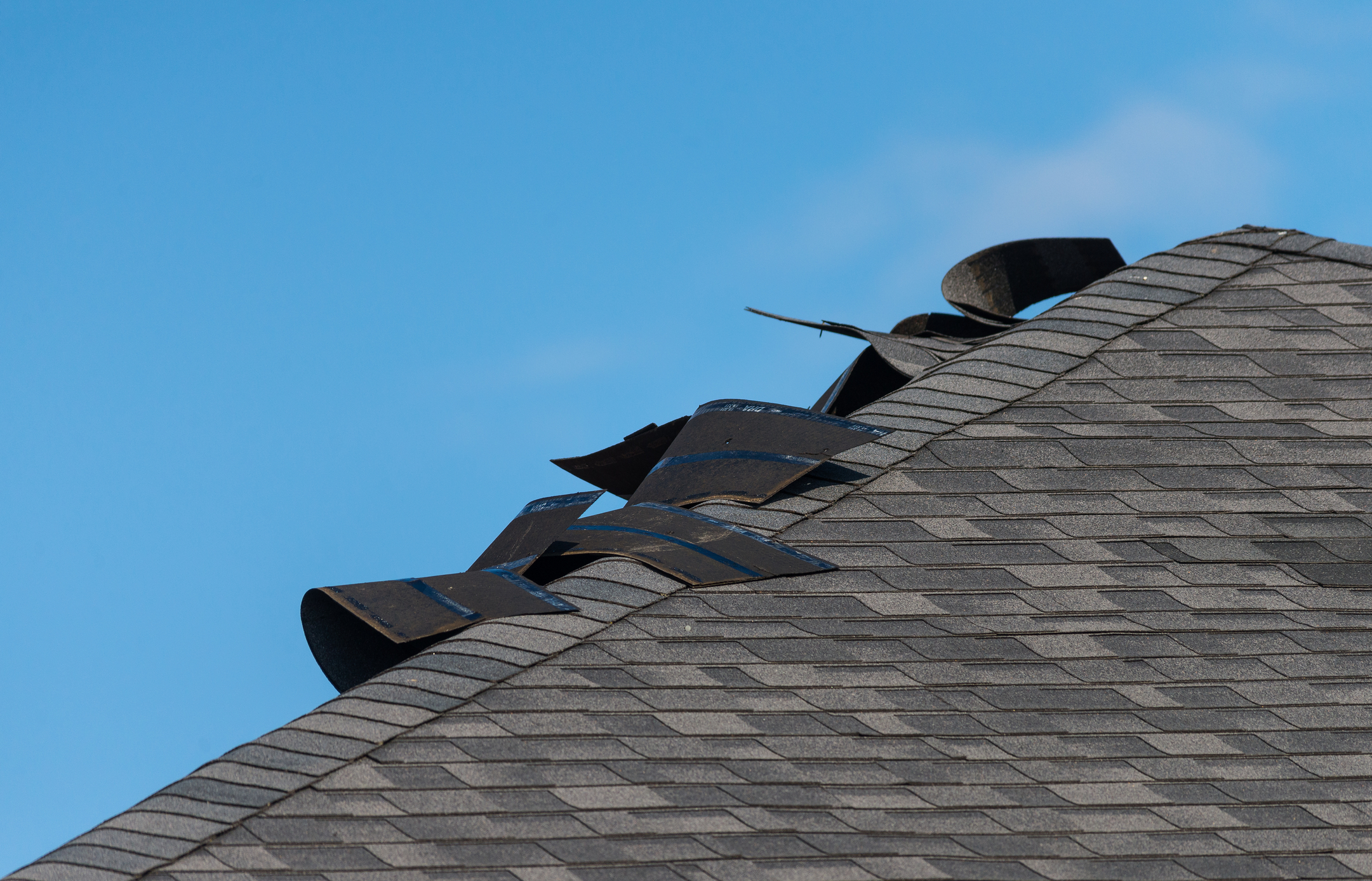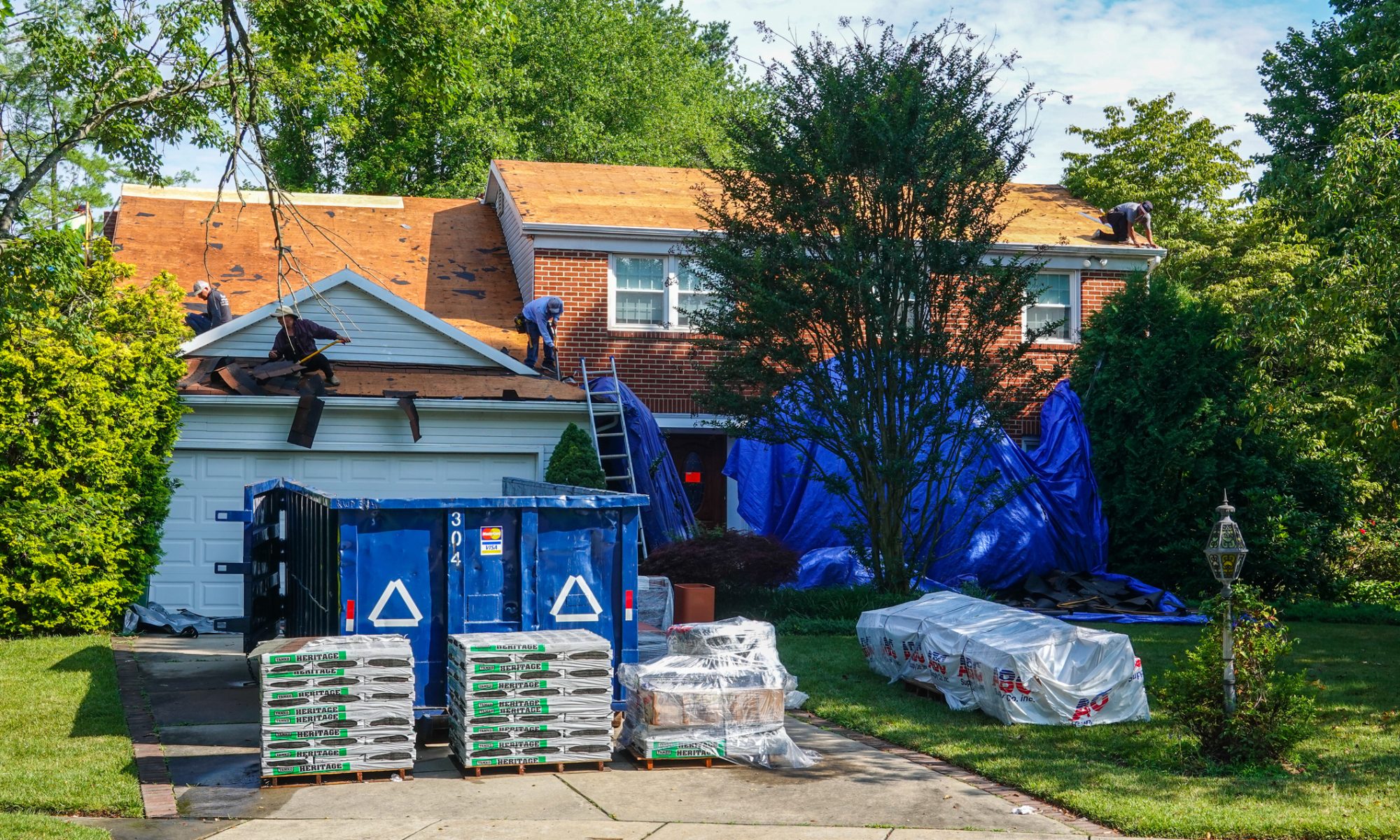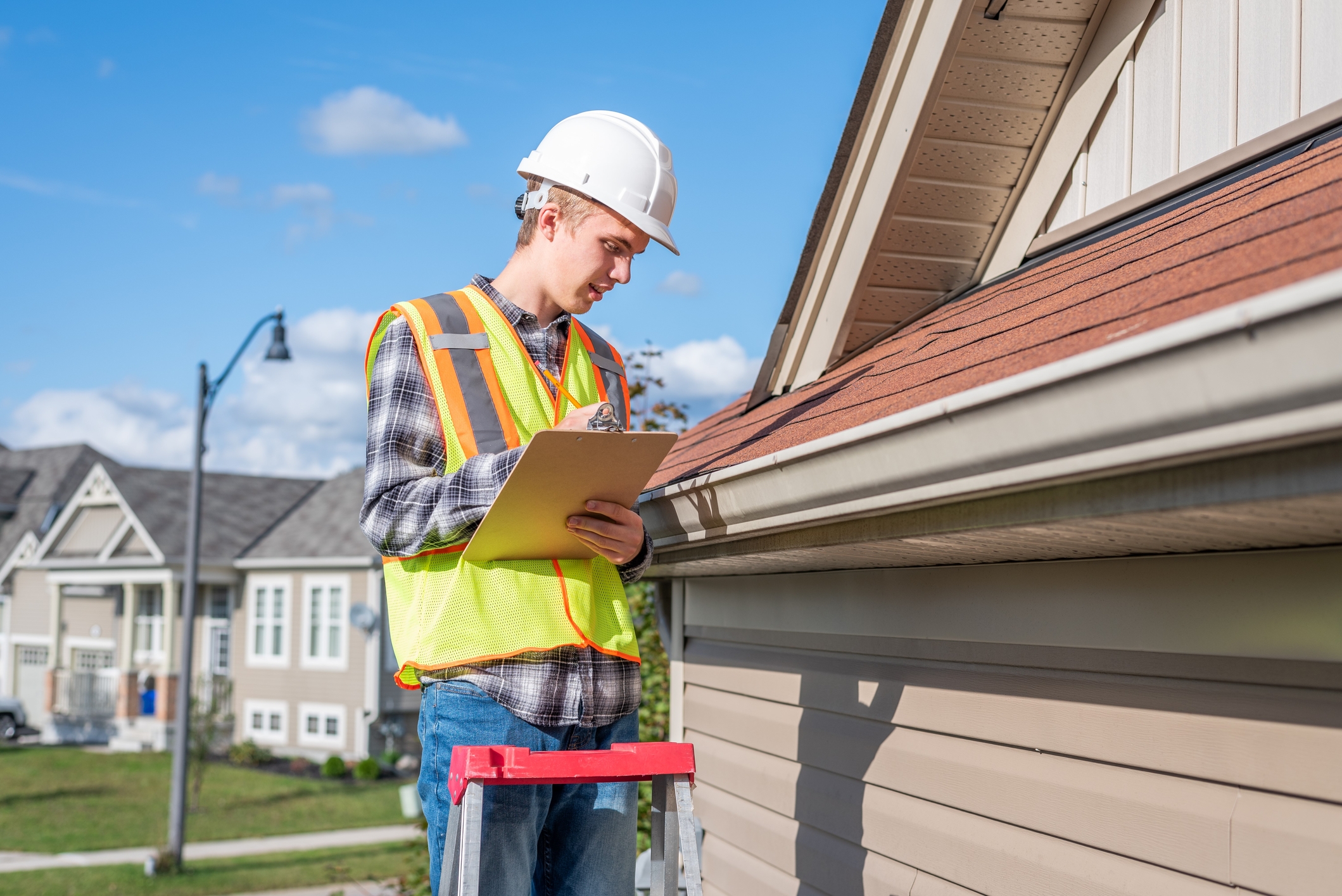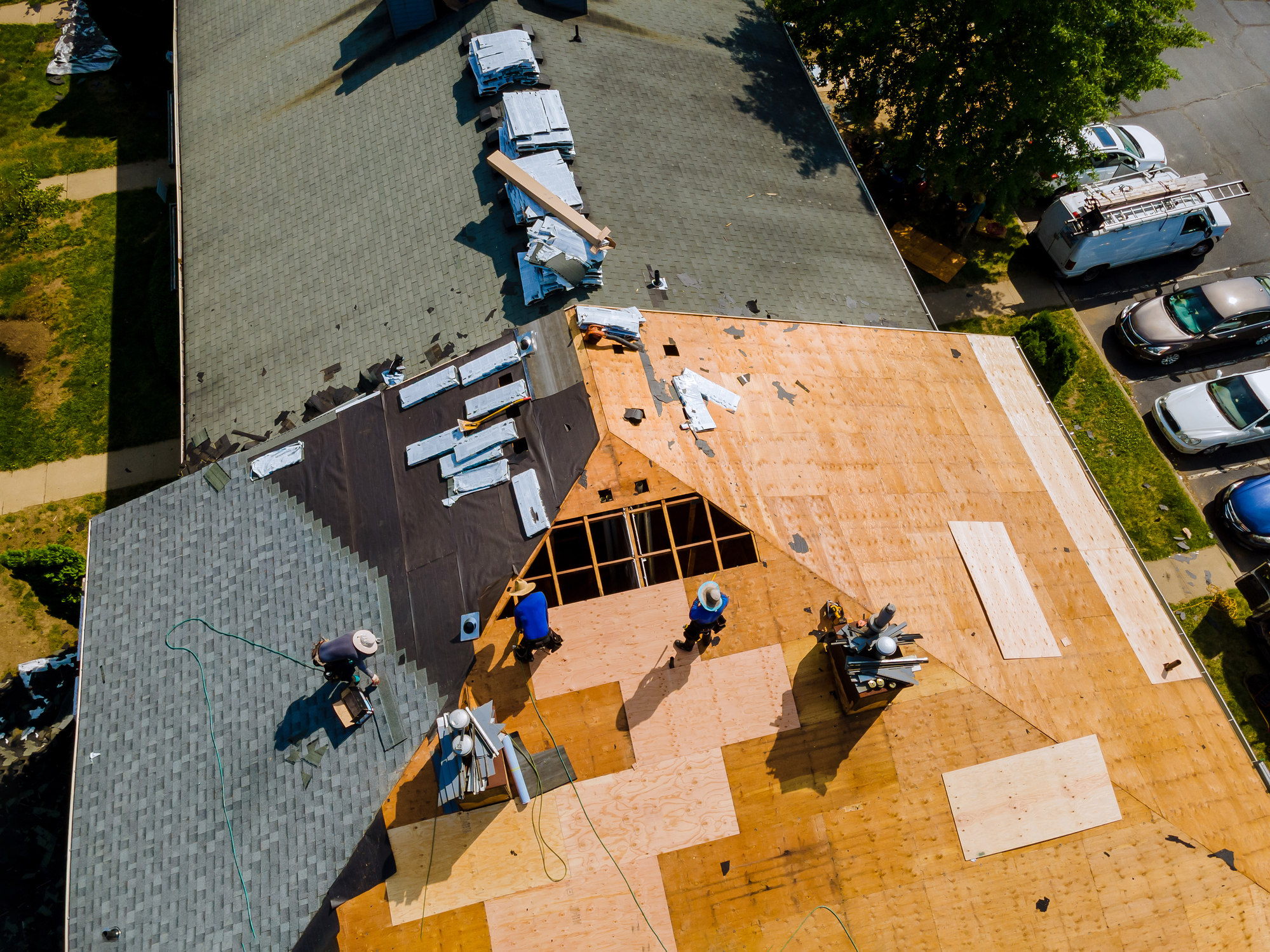Installing energy-efficient new windows in your home can significantly reduce heat transfer and lower your energy bills. If you are considering replacing outdated or builder-grade windows, you should choose the most durable, energy-efficient options available. In addition to making your home more efficient, modern windows can improve the beauty and curb appeal of your home while increasing its resale value.
Here are nine great reasons to upgrade your windows in Baltimore County, MD:
Increase the Value of Your Home
Installing energy-efficient windows is one of the easiest ways to increase the value of your home. If you plan on selling your home in the next 5-10 years, replacing your windows can give you a return of up to 73% of their cost when you sell your home. Modern windows can also attract more buyers and even a higher quality of buyers when you put your home on the market. However, you don’t need to wait until your home is ready to sell before you consider replacement windows. If you install them now, you can enjoy their benefits while you still live there and look forward to recouping your investment should you sell in the future.
Improve the Security and Safety of Your Home
Many prowlers look at homes for signs of easy entry because they don’t want to make noise or attract attention by breaking glass or prying open a window or door frame. If your windows are old, damaged, or don’t lock correctly, you could be at a higher risk of a break-in. Damaged windows also make it easier for pets and wildlife to get in. If your windows are painted shut, they can cause a safety hazard if you need to escape your home in an emergency. Installing new windows gives you a chance to take advantage of upgrades in window security and safety features. Modern wood, fiberglass, and vinyl windows can be outfitted with smart locks, security features, and sensors that further improve your home’s security and safety.
Improve Your Home’s Indoor Air Quality
Damaged windows, particularly warped or cracked frames, broken windowpanes, and gaps between parts of the windows, can allow dust, dirt, and allergens into your home. If you notice an increase in dust in your home or if your allergy symptoms have gotten worse, you should inspect your windows for signs of damage. Replacement windows offer enhanced protection from dust or allergens and can improve your home’s indoor air quality.
Make Your Home More Comfortable
Older windows are not as well-insulated from outdoor air. During the height or summer or the peak of winter, you may notice outdoor air coming in around your window frames. If you feel warmer or colder pockets of air in certain areas of your home, door or window drafts may be to blame. Older windows also can cause increased glare, and they don’t offer very good protection from harmful UV rays. Replacement windows are more efficient and offer enhanced insulation and UV protection. They can seal drafts in your home and prevent air leaks, which will make your home more comfortable year-round.
Enhance Energy-Efficiency and Lower Energy Bills
When your home is losing air from your heating or cooling system due to window drafts, your heating and cooling system will have to work harder to keep your home at a comfortable temperature. This will result in rising energy costs, and your home may still be uncomfortable in extreme temperatures. Energy-efficient replacements can reduce the wear and tear on your heating and cooling system. ENERGY STAR certified windows offer enhanced insulation, better protection from solar heat gain and UV rays, reduced risk of heat loss, and lower energy costs. Best of all, they will reduce your carbon footprint by making your home eco-friendlier and protecting the environment.
Increase Curb Appeal and Aesthetics
Older windows detract from your home’s curb appeal and can result in complaints from your neighbors or your homeowner’s association. Upgrading to newer designs allows you to match the style to your home’s architecture, your personal preferences, and even the look of other homes on your street. This will increase your home’s curb appeal and in turn increase the overall value of your home.
Reduce Noise
Modern windows come with enhanced sound absorption or sound dampening capabilities. If you live on a busy street, have noisy neighbors, or are tired of construction noise or traffic noise, new windows can help. Noise reducing windows can also reduce the noise your neighbors hear from your home, so if you have noisy pets or children, you can lower your chances of neighbor complaints.
Lower Your Risk of Needing Window Repairs
When you install new windows, you’re less likely to have to pay for window repairs in the future. With regular window inspections, maintenance, and weatherproofing, your windows can last for decades without needing major repairs or replacement.
Cut Down on Window Maintenance
Modern windows are designed to be low maintenance. When you choose vinyl replacement windows, you won’t ever have to re-paint, re-seal, or refinish your windows. New windows also offer modern features like more durable window frame materials that don’t require cleaning or repairs, protective window coatings that resist wear and tear, and more. Double-hung windows are easier to clean and offer enhanced ventilation options for your home. Casement windows open wide and are hinged at the side, so they are easier to clean and maintain. Sliding windows also open easily and can be reached from the inside so that you cut down on window maintenance time.

Explore Your Options for Window Replacement
At Badger Contracting, we can help you explore your options for window replacement in Annapolis, Baltimore, Columbia, MD and beyond. Our experts specialize in new window installation and window replacement for new construction, new homes, and historic homes. We offer high-quality, energy-efficient window options including vinyl single-hung and double-hung windows, casement windows, bay and bow windows, and more. We offer precision installation to ensure a perfect fit.
Call us today or fill out our online contact form to ask questions or request an estimate for new windows.














